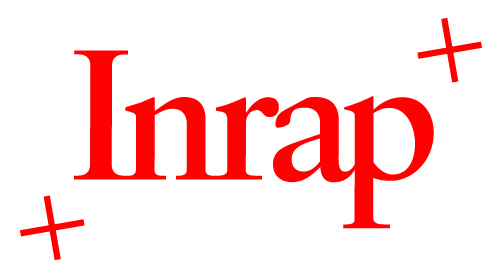Detecting and characterising paleochannels using geotechnical, core sampling and excavations surveys : cases study in Blois and Chambord (Loir-et-Cher, France)
Détecter et caractériser des paléochenaux à partir de sondages carottés, mécaniques et géotechniques. L’apport des recherches à Blois et à Chambord (Loir-et-Cher, France)
Résumé
Between 2013 and 2018, two similar studies were carried out in the Cosson valley. The aim was to reconstruct the geomorphology of the palaeochannels detected by combining complementary readings of the subsoil from deep core drilling and PANDA® geotechnical surveys. PANDA® is a lightweight dynamic penetrometer used in archaeological contexts. A reference system has been set up for the Centre Val-de-Loire region. The first study was carried out as part of a thematic survey of the major bed of the Loire to the west of the town of Blois (PCR Blois ville et territoire ligérien depuis les premières installations humaines jusqu’à nos jours). One of the aims was to verify the existence of a supposed ancient branch of the Loire crossing the alluvial plain, as relayed by Louis De La Saussaye in 1833, but not shown in old iconography. The first step was to carry out a geophysical survey, which revealed the existence of a large, more conductive natural structure. At the same time, transects alternating between core sampling and PANDA® drilling were carried out in order to clarify the local geomorphological characteristics and address the problem. The second study was carried out during preventive excavations in the gardens of the Château de Chambord. Here, the Cosson was channelled to create gardens in a marshy area in the 16th century. An archaeological survey, a study of old plans and a geophysical survey revealed palaeochannels beneath the gardens. A geomorphological study to complement the excavation was carried out using the same approach as in Blois. Dialogue between the geomorphologists and the archaeologist specialising in PANDA® was essential in these two cases in order to address various points: (1) Establishment of an intervention strategy for siting the core and geotechnical test pits, based on knowledge of the site and the technical and financial constraints of the operations; (2) Cross-reading to characterise the pedo-sedimentary features of the substrate and palaeochannel fillings on the basis of point data. Calibration of PANDA® measurements. Restitution of the geomorphological profile. Sampling for laboratory analysis (dating, sedimentology); (3) Feedback on experiences, advantages and disadvantages of analyses.
Entre 2013 et 2018, deux études similaires ont été menées pour étudier la vallée du Cosson. L’objectif était de restituer la géomorphologie des paléochenaux détectés en croisant des lectures complémentaires du sous-sol à partir de sondages profonds de sondage carottés et des sondages géotechniques au PANDA®. Ce dernier outil est un pénétromètre dynamique léger et est appliqué notamment en contexte archéologique. Un référentiel a été mis en place à l’échelle de la région Centre Val-de-Loire. La première étude a été effectuée dans un contexte de prospection thématique sur le lit majeur de la Loire à l’ouest de la ville de Blois (PCR « Blois ville et territoire ligérien depuis les premières installations humaines jusqu’à nos jours »). Un des objectifs était de vérifier l’existence d’un supposé ancien bras de la Loire traversant la plaine alluviale, relayé par Louis De La Saussaye en 1833, mais néanmoins non figuré sur les iconographies anciennes. Une prospection géophysique a été réalisée en premier lieu et a permis de mettre en évidence l’existence d’une large structure naturelle plus conductrice. De manière couplée, des transects alternant des sondages carottés et au PANDA® ont été réalisés afin de préciser les caractéristiques géomorphologiques locales et de répondre à la problématique. La seconde étude a été menée à l’occasion des fouilles préventives dans les jardins du château de Chambord. Là, le Cosson a été canalisé pour aménager des jardins dans une zone marécageuse au XVIe s. Le diagnostic archéologique, l’étude des plans anciens et une étude géophysique ont permis de mettre en évidence des paléochenaux sous ces jardins. Une étude géomorphologique complémentaire à la fouille a été réalisée suivant la même démarche qu’à Blois. Le dialogue entre les géomorphologues et l’archéologue spécialiste du PANDA® a été indispensable dans ces deux cas pour traiter différents points : (1) Mise en place d’une stratégie d’intervention pour l’implantation des sondages carottés et géotechniques, suivant les connaissances du site ainsi que les contraintes techniques et financières des opérations ; (2) Lecture croisée pour la caractérisation des traits pédo-sédimenaires du substrat et des comblements des paléochenaux à partir des données ponctuelles. Etalonnage des mesures effectuées au PANDA®. Restitution de profil géomorphologique. Echantillonnage pour analyses en laboratoire (datation, sédimentologie) ; (3) Retour sur les expériences, avantages et inconvénients des analyses.
| Origine | Fichiers produits par l'(les) auteur(s) |
|---|---|
| Licence |





